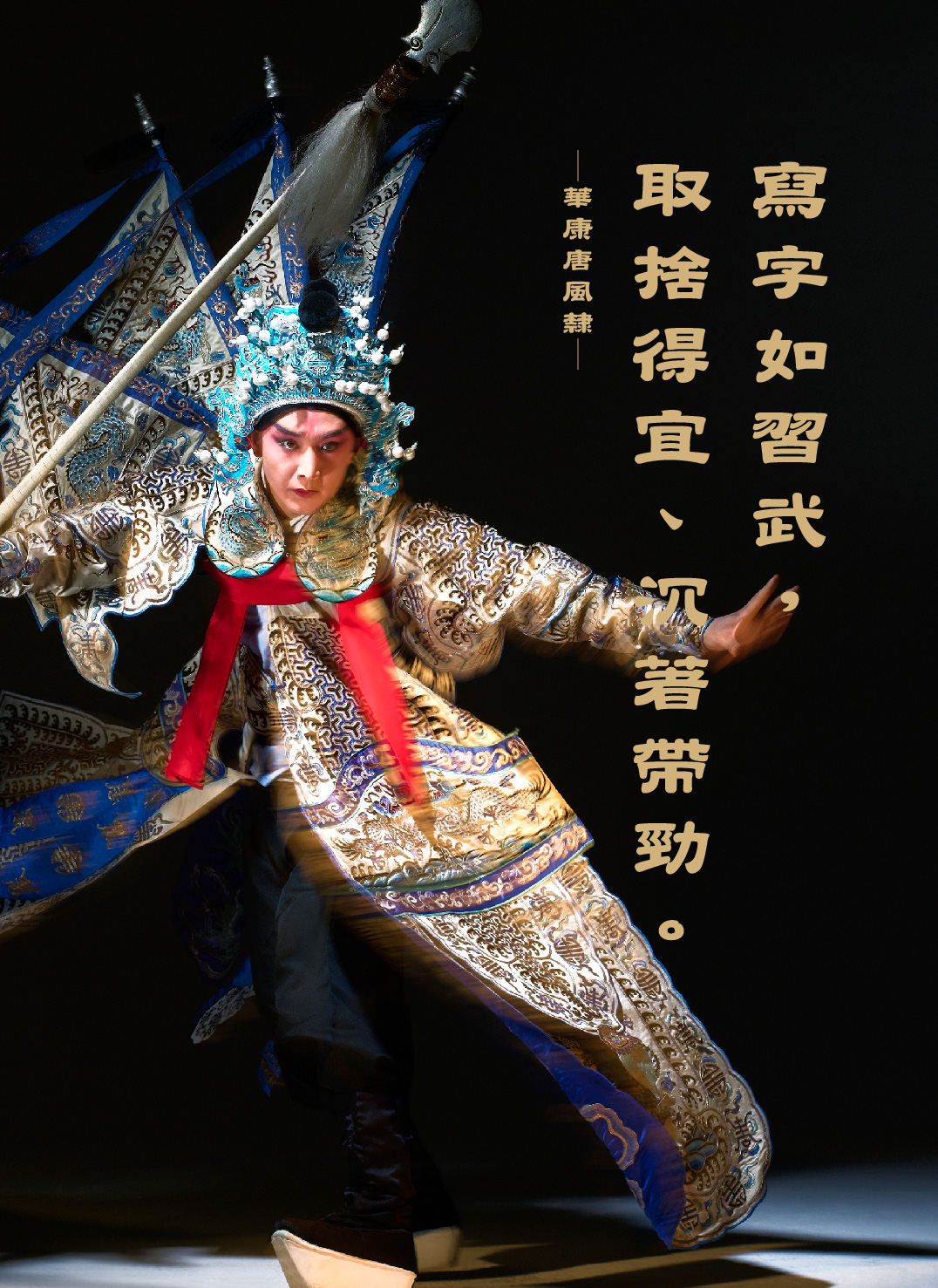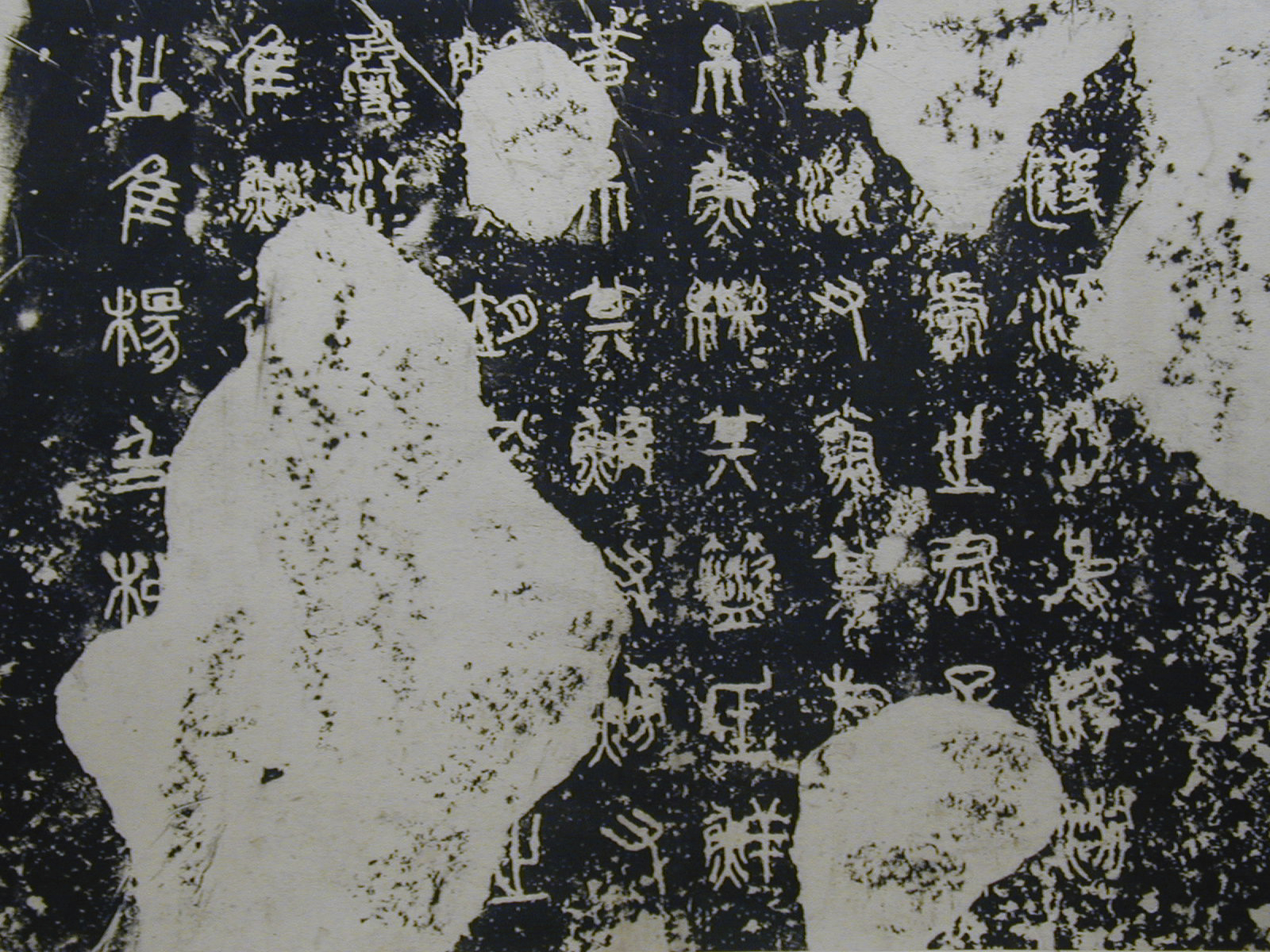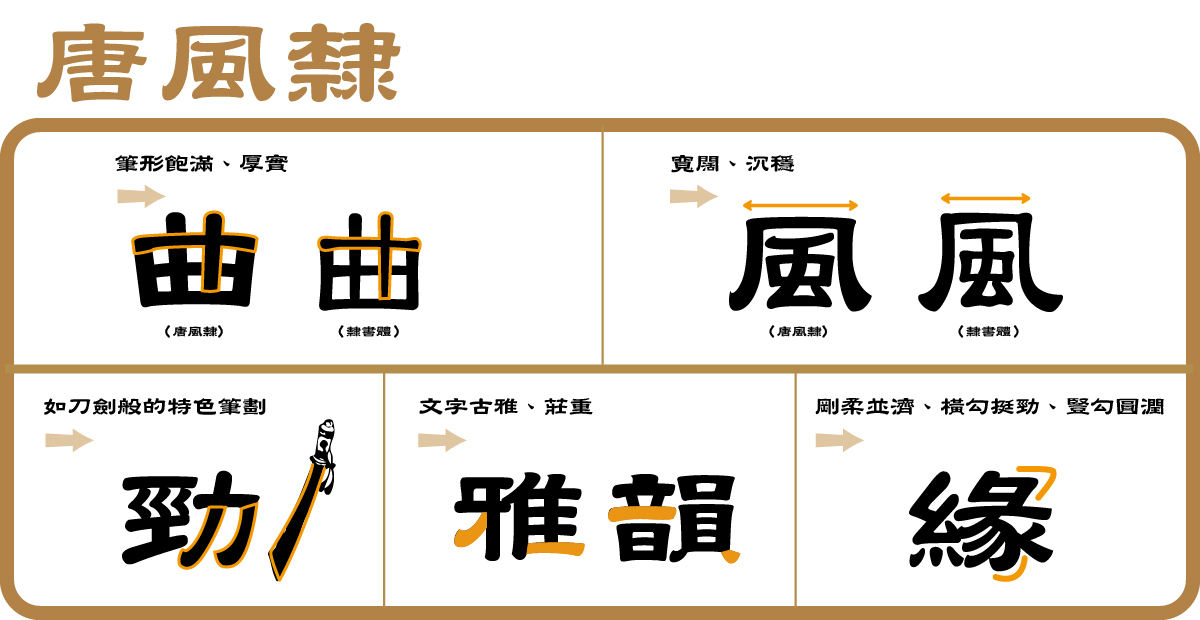DynaFont Calligraphy Fonts: DF TanLi

I stay focused.
While others see my rises, falls, and hoops,
I am always as calm as still water.
Inspired by the Reflection of Sabers and Shadow of Swords
TanLi was inspired from a martial art scene in the support of the powerful cymbal sound in Peking opera. In that moment, he was captivated by the strength presented in the saber and sword fight, while other audience members were thinking about who the winner would be. So, he presented this kind of strength in new font development and created the calm and steady TanLi.
Clerical Script DNA + Designer Calligraphic Style = TanLi.
DF TanLi launched in 1995 is a new font based on clerical script. In addition to the flat appearance typical to clerical script, the designer has added the characteristics of his stroking to the font looking more like his calligraphic writing. Overall, the generous and well-balanced style has well-captured the grandeur and splendor of the Tang dynasty. That was how the font was named TanLi, clerical script in Tang style.

▲Seal script featuring to round turns.
▲Clerical script featuring hidden rises and falls and momentums between strokes.
Features of DF TanLi

▼Examples of DF TanLi

Usage
The temperament of DF TanLi is suitable for use on products emphasizing an elegant charm, such as the name of tea and wines, or publications, posters, and signboards.
Designer's Insights
Q: Do you still write calligraphy?
D: I've written calligraphy for nearly 30 years, but I didn't practice it for a long time. Now, I am interested in the calligraphy used on signboards. For example, many Japanese shops use stylish handwriting fonts. When I traveled to Tateyama Kurobe recently, I saw the handwriting calligraphy font used by a restaurant. It was unique and impressive!
Q: Which ancient calligraphy style do you like best?
D: I like the works of Wang Xizhi and I am enchanted by his natural strokes.
Q: Will you create another font by combining Wang’s style with your own?
D: Wang is famous for his semi-cursive and cursive styles, while I am good at clerical script. It will be very difficult to combine them into one style! Also, Wang used a lot of ligature writing, which is difficult to re-produce on the computer.